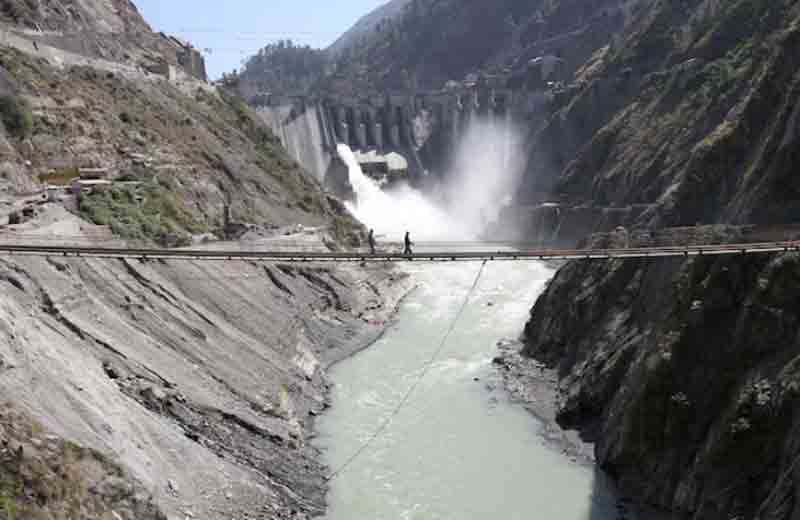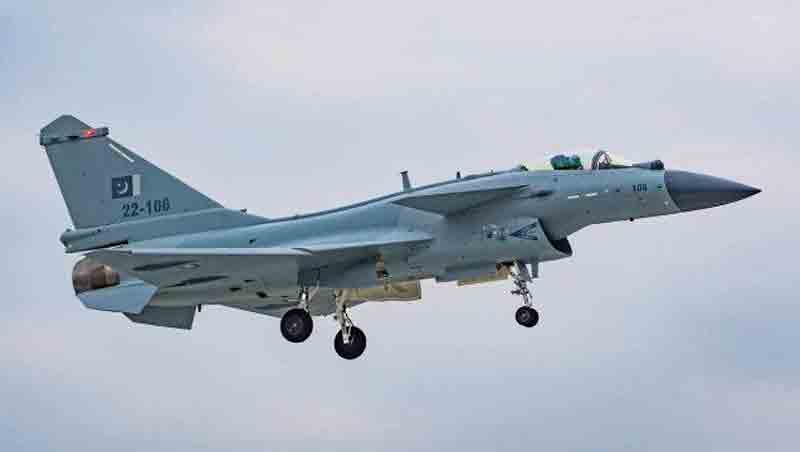India has initiated efforts to enhance the reservoir capacity at two hydroelectric projects located in the Himalayan region of Kashmir, according to sources familiar with the situation who spoke to Reuters. This move follows heightened tensions with Pakistan, prompting India to suspend a water-sharing agreement.
This action marks India’s first significant step to operate beyond the frameworks established by the Indus Waters Treaty, which has remained intact since 1960 despite three wars and various conflicts between the two nuclear-armed nations. Recently, New Delhi halted the agreement that guarantees water supply to 80% of Pakistani agriculture after a deadly attack in Kashmir.
In response, Islamabad has threatened to pursue international legal action regarding the suspension and cautioning that any efforts to obstruct or redirect water that belongs to Pakistan would be viewed as an act of war.
A sediment removal process, referred to as ‘reservoir flushing,’ commenced on Thursday, executed by NHPC Ltd, India’s largest hydropower company, in collaboration with authorities in Jammu and Kashmir, as reported by the three sources. While this work may not pose an immediate risk to Pakistan’s water supply, which relies on rivers flowing from India for irrigation and hydropower, it could potentially impact future supplies if similar initiatives are undertaken by other projects in the region, where more than six such projects exist.
Notably, India did not notify Pakistan about the activities at the Salal and Baglihar projects, which are being conducted for the first time since their establishment in 1987 and 2008/09, respectively, as previous treaty provisions had prohibited such actions. Since gaining independence from British colonial rule in 1947, India and Pakistan have engaged in two of their three wars over Kashmir, alongside numerous shorter conflicts.
The flushing operation commenced on May 1 and lasted for three days, according to sources. This marks the first occurrence of such an initiative, which is expected to enhance power generation efficiency and protect turbines from damage, as reported by one source to Reuters. Additionally, we were instructed to open the adjustable gates for cleaning, which we executed starting May 1.
This initiative aims to eliminate any operational restrictions on the dam. Residents along the Chenab river in the Indian region of Kashmir observed that water was released from both the Salal and Baglihar dams from Thursday to Saturday. The flushing process for hydropower projects necessitates nearly emptying a reservoir to expel sediments, which significantly contribute to reduced output.
For instance, two sources indicated that the power output from the 690-MegaWatt Salal project was considerably below its potential due to Pakistan’s previous restrictions on flushing, while sediment accumulation also affected the 900-MW Baglihar project. One source noted that flushing is not a frequent practice due to the substantial water wastage it entails. It is expected that downstream countries will be notified if this process results in any flooding.
The construction of both projects involved extensive negotiations with Pakistan, which is concerned about its water allocation. Under the 1960 treaty that divided the Indus and its tributaries between the two nations, India has also provided data on hydrological flows at various locations along the rivers and issued flood alerts.
India’s water minister has pledged to prevent any of the Indus river’s water from reaching Pakistan. However, officials and experts from both nations agree that India cannot immediately halt water flows, as the treaty permits only the construction of hydropower facilities without significant storage dams on the three rivers designated for Pakistan. This suspension allows India to freely advance its projects, according to Kushvinder Vohra, a recently retired leader of India’s Central Water Commission who has dealt extensively with Indus-related disputes.
In recent years, Prime Minister Narendra Modi’s administration has aimed to renegotiate the treaty, while both countries have attempted to resolve some of their issues at the Permanent Court of Arbitration in The Hague, particularly concerning the capacity of water storage at the Kishenganga and Ratle hydroelectric plants in the region.
Discover more from Defence Talks | Defense News Hub, Military Updates, Security Insights
Subscribe to get the latest posts sent to your email.





